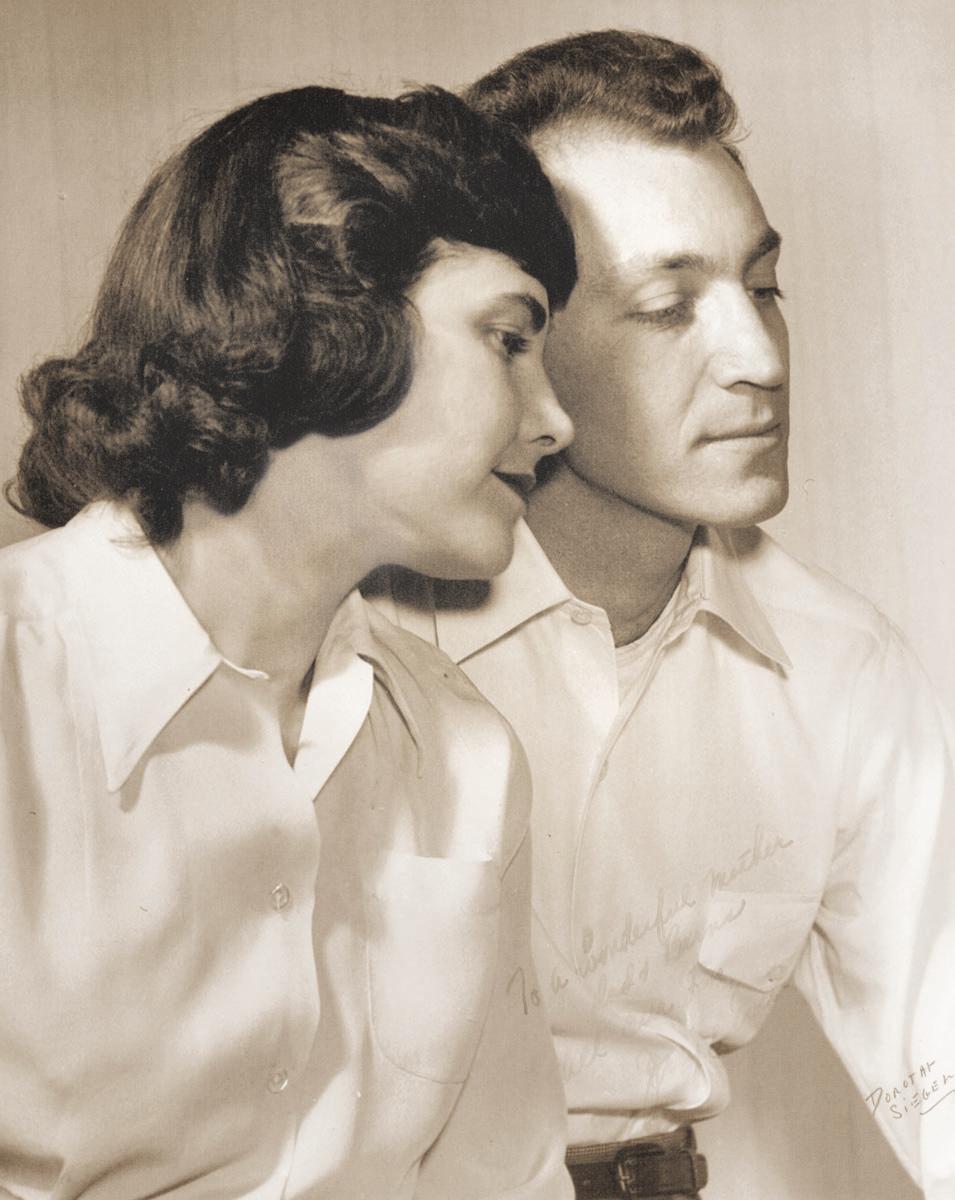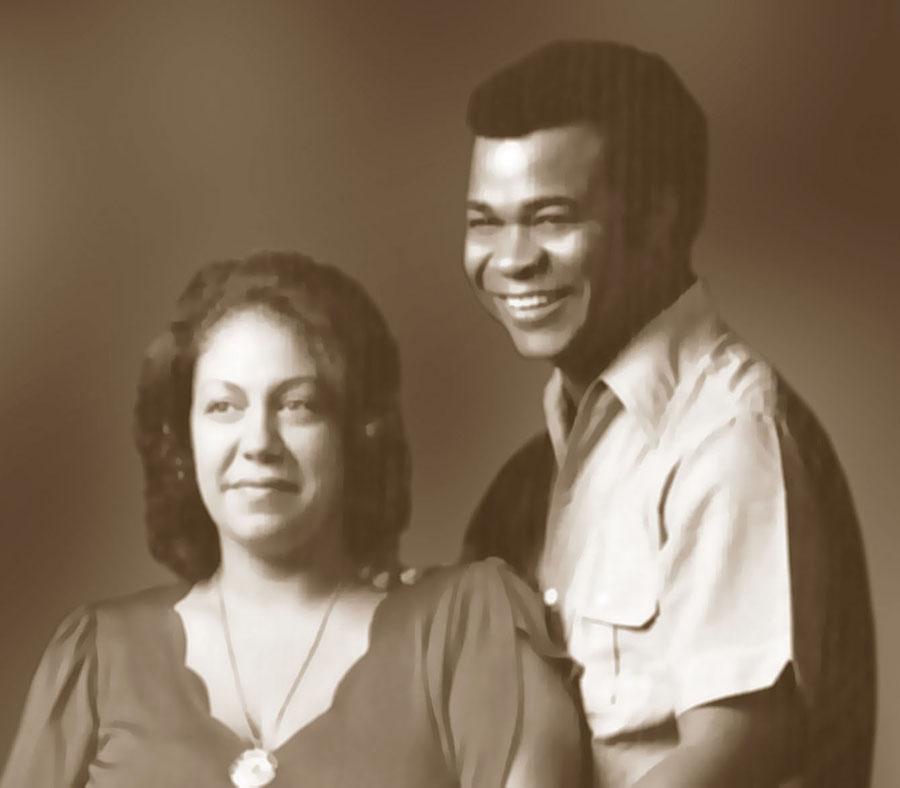
Tales of California’s Creative Couples
 |
An artistic partnership between romantic partners can be beautiful—or lead to grief. Working together can result in creative productions neither partner could have done alone. But togetherness in artistry as well as life can stifle creativity and destroy relations. Read about how ten California couples fared in ‘It Takes Two’ in the new spring ’21 issue of CA-Modern magazine.
Evelyn and Jerry Ackerman, designers and crafts people who married months after first meeting in 1948, went on to a long career in design and production of affordable pottery, wall hangings, mosaics, and much more, all in a modern mode, with Evelyn as the designer and Jerry handling marketing.
Evelyn’s abstractions were fresh, decorative, and exciting. She designed wooden doors incised with scenes from the zodiac. With Jerry, a dapper man who could keep the patter going handling the business, Evelyn was free to concentrate on what she did best—design.
 |
Their talents blended perfectly, and their romance never ended.
Among the mid-20th century creatives we describe in the article, this was not always the case. It was a tumultuous era with many changes, civil unrest, wars, forced emigration, and with many people believing things that right-thinking people today profess not to believe.
Architect Lois Langhorst, for example, who worked for some years in a collaborative firm with her husband, Fred, had to deal with a would-be boss who simply would not bring a woman architect into his firm.
It would distract the men, William Wurster said. And Wurster was no ordinary architect—he was the forward-thinking dean of UC Berkeley's College of Environmental Design. He was also a man who ended up in a collaborative work-life marriage himself when he married the social thinker and housing advocate Catherine Bauer.
 |
The story of Ken and Regina Jones, who won fame nationwide by founding SOUL magazine, putting it together originally on their dining table, also shows the challenges creative couples faced in the 1960s, with social mores and gender roles changing.
It was Ken who conceived of the magazine as something the Black community needed but did not have—a publication that dealt with Black music and general culture in a strongly positive way. The magazine was founded in the wake of the Watts riots.
“We were an emotional publication,” Regina told an oral historian. “We weren’t started as a business plan or any of that stuff. It was all emotions. It was Ken’s seeing a need and his love for Black music, his music, and his community…”
But while Ken had the vision it was Regina who did much of the day-to-day work.
“Today it’s taken for granted that the force of Black music would dramatically alter the entertainment industry and global culture,” writes Susan Anderson, curator at the California African American Museum. “Few know that SOUL Publications, in its drive to document African Americans' perspective in a self-representative way, was a pivotal vehicle for shifting American culture from an era of ‘race records' and Jim Crow movie theaters to becoming the locus of popular culture production, with Black cultural expression as its main impetus.”
 |
Not all creative partners worked closely together on their art. Jess, the painter, and Robert Duncan, the poet, who lived openly as a gay couple in the days when homosexuality was often seen as a crime, went their separate ways as artist—except when Jess painted Duncan, or illustrated his work.
But they shared a medieval, mystical attitude that flowed from similar streams of esoteric thought. And in their much-visited San Francisco Victorian they created a joint art object that has proven unforgettable.
Other artists whose romantic and work relations we explore include Lou Harrison, the composer, and William Colvig, the mountain man who created many of Harrison’s Asian-styled or oddball musical instruments; ceramicists Gertrude and Otto Natzler (who became a ceramicist because he fell in love with Gertrude); jazz artists Lucille and Herb Geller; and none other than Sonny and Cher.
Are you a romantic enough to explore ‘It Takes Two’? Read it here as a sneak preview of the new spring ‘21 issue of CA-Modern magazine.
- ‹ previous
- 554 of 677
- next ›



